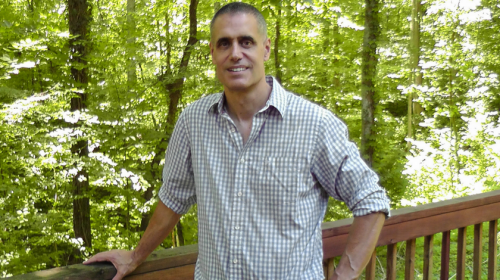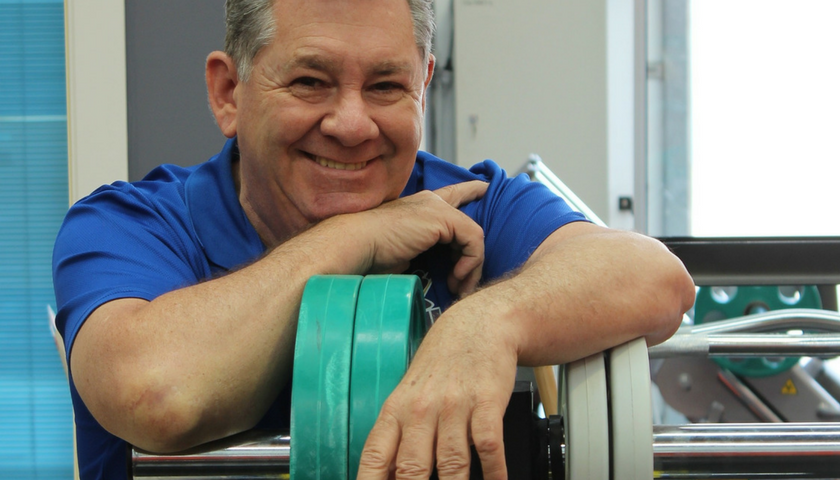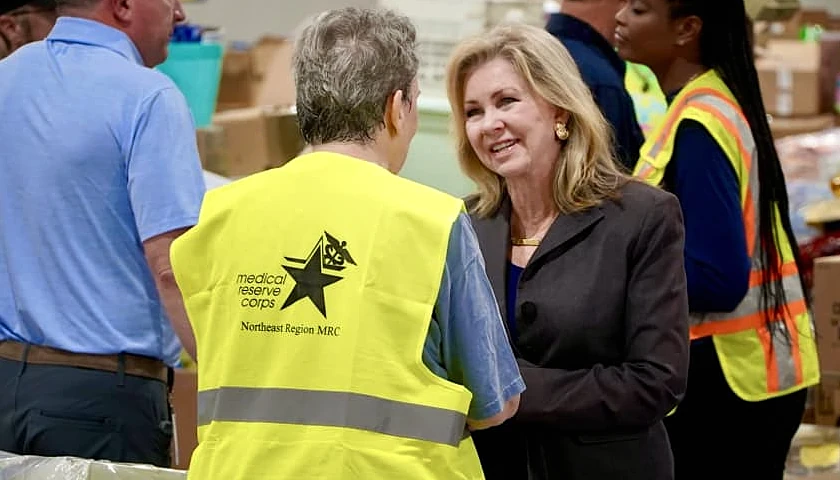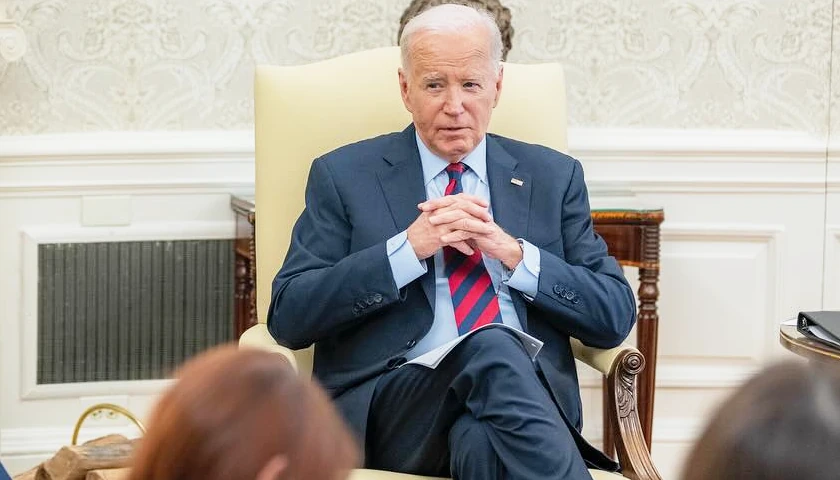As the owner of a fitness training and consulting company, and as a mature fitness athlete who has experienced numerous injuries (as well as surgeries), I’m painfully aware—pun intended—of many of the challenges faced by the seasoned fitness athlete.
I’m also aware of how these challenges can bring out the best in us. How they can cause us to train smarter, learning valuable lessons about health, fitness, and life that we would likely have missed without these experiences.
 I’d like to explore with you some of the key changes that often occur in the older fitness athlete, that can bring on new insights and even superior techniques and practices:
I’d like to explore with you some of the key changes that often occur in the older fitness athlete, that can bring on new insights and even superior techniques and practices:
1. Priorities
The older fitness athlete has more responsibilities than the younger athlete. Having to pay the bills every month and often take care of a family has a way of focusing the mind! The older fitness athlete no longer has the motivation to spend hours at the gym pumping up.
2. Desire for more essential things in life
As a person matures, we begin to see what’s important to us. Meaning increasingly matters. More time for contemplation matters. The simple enjoyment of life is important. Being a slave to a gym loses its allure. Being able to move with freedom, and avoiding potentially catastrophic accidents becomes more and more desirable. All of these things lead the mature fitness athlete to seek the essential in our training, as well as in our lives. The extraneous gets whittled down, or sometimes jettisoned altogether.
3. “Train to Live, Don’t Live to Train”
 While the younger fitness athlete often has more time to train, they are also typically training for different reasons—namely to simply look good at the beach or pool. While the older fitness trainee wants to look good too (hey, we may be old but we’re not dead!), we are playing a more serious game—in many cases, training to stay alive, and to live out our years in greater health. The excellent book, The Barbell Prescription: Strength Training for Life After Forty, delves into this and related subjects in great detail.
While the younger fitness athlete often has more time to train, they are also typically training for different reasons—namely to simply look good at the beach or pool. While the older fitness trainee wants to look good too (hey, we may be old but we’re not dead!), we are playing a more serious game—in many cases, training to stay alive, and to live out our years in greater health. The excellent book, The Barbell Prescription: Strength Training for Life After Forty, delves into this and related subjects in great detail.
4. Slower recovery from workouts, injuries
Lengthy, mega rep, mega set, mega exercise workouts are tough on the body, and the older athlete typically does not recover as quickly as his or her younger counterpart. This type of exercise program is more prone to produce overuse injuries, which compounds the slower recovery problem for older trainees. This creates more potential downtime from workouts and possibly from employment. Therefore the older athlete learns to simplify workouts to avoid the downtime as best as possible. We also often find an appreciation for proper exercise form, as we see how poor form leads to injuries.
5. Less need for ego muscles; low-functionality exercises
The younger fitness athlete typically spends a great deal of time in the gym working on “mirror muscles.” Young men tend to be infatuated with exercises like bicep curls. And many young women spend an inordinate amount of time doing isolation exercises for their legs and rear ends. Many of these exercises have low functional use, in comparison to multi-joint exercises such as squats or clean and presses. This contrasts with the more mature trainee who is increasingly being drawn back to strength and power exercises that were popular in the past. Mark Rippetoe’s Starting Strength and other barbell training programs have re-educated a great many people on the efficacy of relatively simple, functional (meaning total body strength and mobility) training, which has particular value for the older fitness athlete.
6. Less need to change exercises to “confuse” the muscles, or for entertainment value
As the stakes get higher through aging, and the older fitness athlete better sees the need for real results, the workout simplifies. We begin to realize that while constantly changing up workouts can be fun and challenging, this approach does not build the strength and balance we need as well as does the consistent practice of a relatively small number of comprehensive, compound exercises.
What Everybody Can Learn
 Yes, “less” can be more, particularly for the mature fitness athlete, but the hard-earned lessons we learn can be applied by anyone of any age, thereby creating a more efficient and effective training program. This is great news for everyone.
Yes, “less” can be more, particularly for the mature fitness athlete, but the hard-earned lessons we learn can be applied by anyone of any age, thereby creating a more efficient and effective training program. This is great news for everyone.
For the older trainee, there’s clearly no reason to stop training. We simply need to employ the wisdom that increased experience offers, to find the most intelligent path to lifelong fitness, and toward a more fulfilling life.
– – –
Patrick Rooney is the Founder and President of GREEK PHYSIQUE™, LLC, which specializes in functional body sculpting for men and women in Middle Tennessee and worldwide via phone and Skype. Patrick is Certified through the National Association of Fitness Certification (NAFC). Email questions or training inquiries to [email protected].






[…] hope you read my most recent column for The Tennessee Star. I am one of a world full of “mature” fitness athletes. The rules are a bit different […]